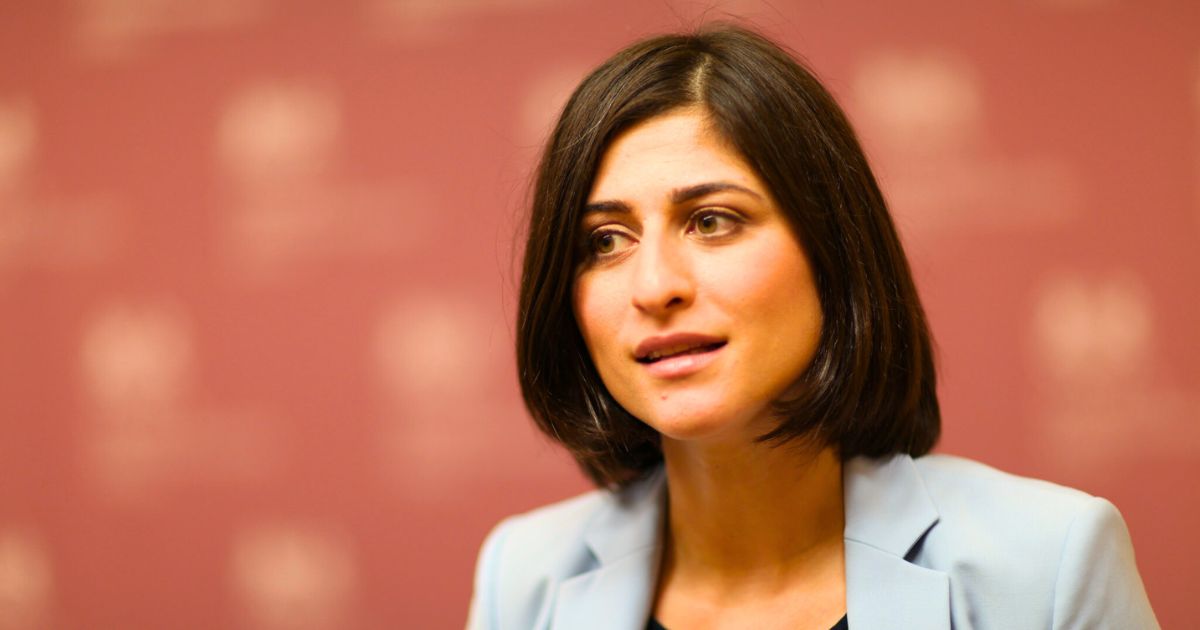Amale Andraos is a Lebanese-born architect who left Beirut when she was only 3 years old.
The artist graduated from McGill University in Montreal, Canada with a Bachelor in Architecture. She earned her Master of Architecture from the Harvard Graduate School of Design.
Her father, who is a Beirut-based architect, helped her find passion in the domain while observing his practice.
Andraos taught at numerous universities including Princeton University School of Architecture, the Harvard Graduate School of Design, the University of Pennsylvania School of Design, and the American University of Beirut.
She was later picked to be the first female dean of Columbia Graduate School of Architecture.
In 2003, Andraos and husband, Dan Wood, founded WORKac, a New York-based architectural and urban practice with international reach.
The practice has achieved international recognition for projects such as the competition-winning designs for the Centre de Conférences in Libreville, Gabon, and the new office headquarters for Wieden+Kennedy in New York.
 Via Stuckeman School – Penn State
Via Stuckeman School – Penn State
Amale Andraos has already won over 30 selected awards and honors such as “Best of the Best” Award by McGraw Hill Construction organization, “Year in Architecture – Top Ten Designs” by New York Magazine, “Best of Year” Award by Interior Design Magazine and the Award for Excellence in Design by the New York City Public Design Commission.
The architect will be designing the BeMA: Beirut Museum of Art. The museum is to be built on a site owned by Université Saint Joseph that once marked the green line of Beirut that used to divide Muslim areas from Christian ones.
It will feature a permanent collection of modern and contemporary artworks from Lebanon, the Lebanese diaspora and the region.
In a telephone interview with The New York Times, Andraos said: “It’s really intended to be part of the campus and part of the city, to break down the sense that art is elitist and closed and instead become a place where there can be discussion and conversation.”





















